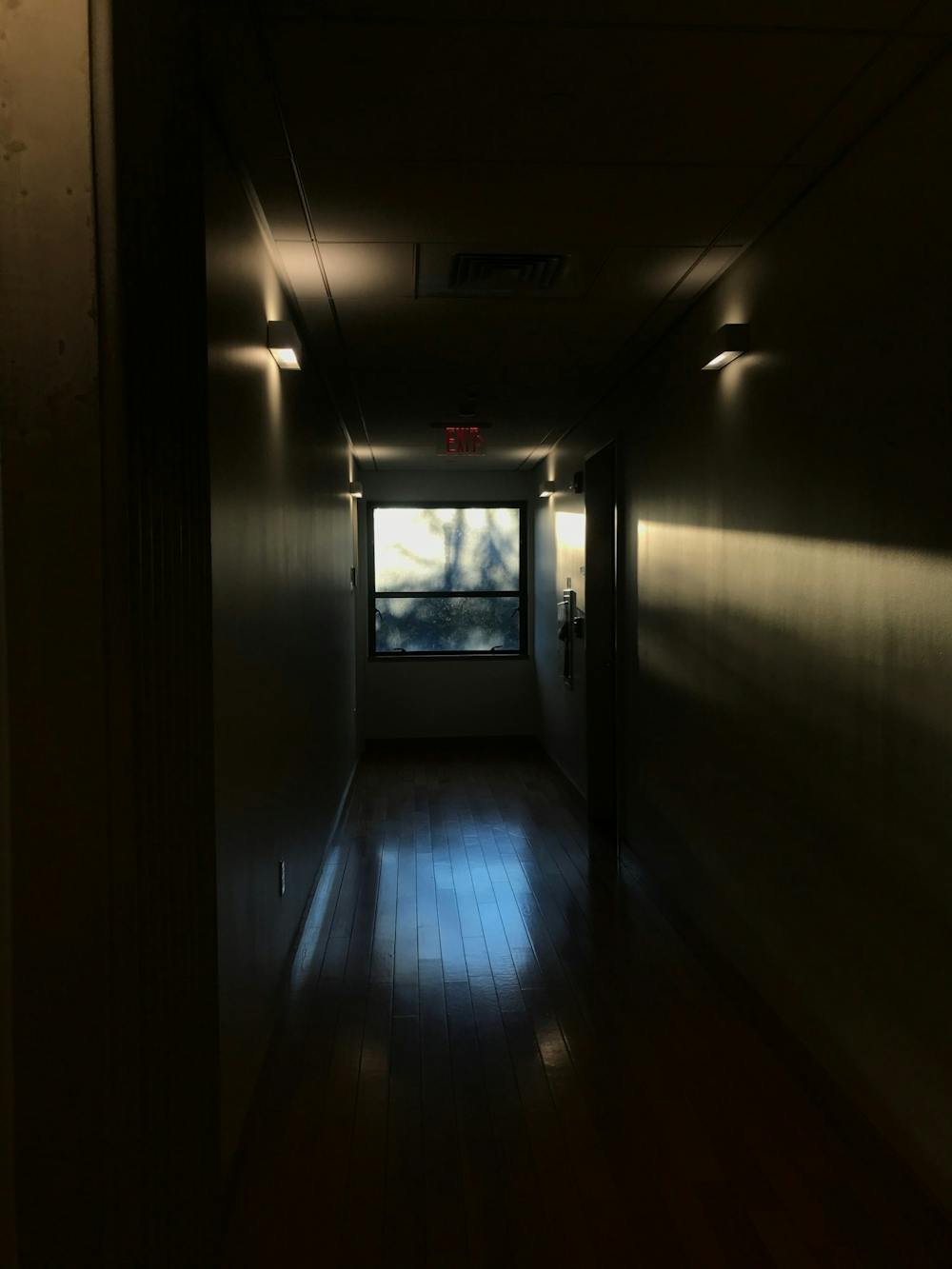The first week back on campus was a whirlwind. With the mask mandate that’s been in place for the past couple of academic years gone, I found myself in many packed areas, unmasked — from the Welcome Back BBQ and the BSU B(l)ack Together Event, to the huge lecture hall for POL 345: Introduction to Quantitative Social Science. I believe that it was at one of these venues that I contracted COVID-19, which put me out of classes for the entire second week of school.
This was my first time having COVID-19, and therefore my first time going through Princeton isolation protocol, which had changed significantly since previous academic years. I want to share my experience and make some suggestions regarding the current isolation process to maximize support and minimize hardships students will face.
One simple logistical change that the University should make is reinstalling COVID-19 test drop-off boxes in all campus housing, especially as case counts have been high in the past couple of weeks. When I suspected that I had COVID-19, I had to walk from my dorm to Frist Campus Center to drop off my test sample. I definitely passed by many more people than I would have if I just had to go downstairs and then return immediately to my room. And although I was wearing a mask during my test drop-off, the reality is that not everyone will wear a mask while they await test results.
Another challenge of my isolation process came when I was trying to avoid infecting my roommate, who had tested negative. Over the summer, the University had relayed to students that isolation space would be more limited and that roommates should make isolation plans in case one person tests positive. It’s possible that the University assumed that the other roommate would eventually test positive, but there needs to be more support when the roommate has not contracted COVID-19.
I reached out to the isolation coordinators and my Director of Student Life (DSL) to explain my situation: my roommate was negative and all other options the University had listed (such as staying in the common room or me going home) were not feasible, and we would need housing assistance. I was told that I would not be assigned isolation housing because those spaces were being prioritized for first-years, even though it would have made the most sense for me to move out so that my roommate could continue with her normal routine. With isolation housing inaccessible, the remaining option was for my roommate to secure alternative housing on campus.
A back and forth between my DSL and isolation coordinator ensued about who was responsible for finding alternative housing for my roommate. I had reached out to the right people, but they couldn’t figure out who was supposed to assist me. At a time when I was already struggling with COVID-19 symptoms, this was an intensely frustrating experience.
Another administrative official was copied on the email chain to settle the debate, but they never responded. I then looked to the Dean on Call, but after a one-night housing arrangement for my roommate, there was no follow-up for the rest of my time in isolation. Exhausted from reaching out to those who were supposed to assist me, I did my best to disinfect our room and keep as much distance from my roommate as possible. The fear of infecting my roommate caused me a lot of anxiety during what was already a stressful week.
A saving grace of my isolation process is that all of my teachers and preceptors were very supportive and did their best to keep me updated through summaries of precepts and lecture slides while I couldn’t attend class. Yet even that process could have been made easier: as one of my professors told me, faculty members and preceptors have been discouraged from holding virtual Zoom rooms during class — an option which would have been more helpful for looping in students in isolation.

The week following my isolation period was still difficult in terms of having to catch up in some classes, but it was not as huge of a burden as it could have been. I have to acknowledge that for the most part, my symptoms were very mild, which allowed me to do some work throughout my isolation period. For immunocompromised students or students that just end up having more severe symptoms, these current accommodations will likely not be sufficient.
Having COVID-19 is already hard enough. The University should not be making it harder. If Princeton truly cares about the wellbeing of its community, then it should consider making sensible changes to the current COVID-19 protocols.
Ndeye Thioubou is a sophomore from the Bronx, N.Y. She can be reached at nthioubou@princeton.edu.









